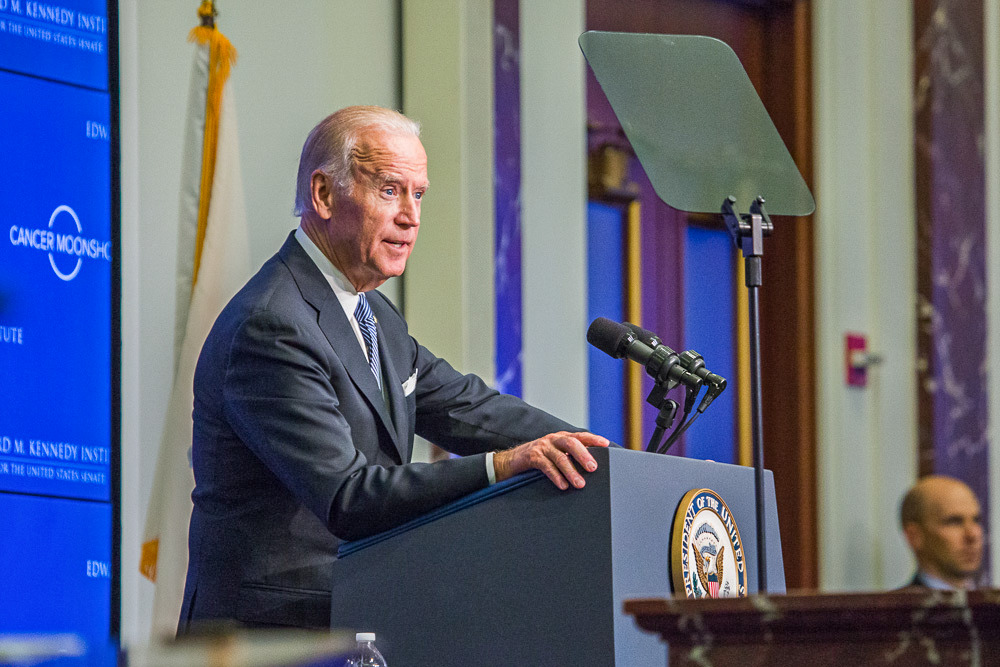
On Aug. 24, President Joe Biden’s administration released details about a student loan forgiveness plan.
This initiative states that millions of federal student loan borrowers will be eligible for $10,000 in loan forgiveness, or up to $20,000 if they received a Pell Grant, according to WhiteHouse.gov.
To qualify, borrowers must earn under $125,000 in income, or $250,000 if married. The application to receive the loan forgiveness will be made available in early October on the StudentAid.gov website. Borrowers are encouraged to submit the application before Nov. 15.
Yselle Barajas, sophomore psychology major, thinks the plan will be effective, but would like to make some adjustments to it.
“The plan is great because it’s a good thing when money is forgiven,” Barajas said. “Less money is less money. However, in the grand scheme of things, $10,000 isn’t that much, especially for people who are furthering their education with a master’s degree. Also, students will still be in debt, even with the additional money. It doesn’t necessarily solve the issue of debt itself. It just helps lessen the burden a bit.”
Barajas also said she would prefer if the money was not allocated to the school specifically.
“It would be preferable if we could receive the money and decide ourselves what we want to spend it on, rather than the money going straight to the schools,” Barajas said. “We should be able to choose what we need most urgently. I think that would be more helpful.”
The current amount of student debt is about $1.75 trillion in the U.S., according to data compiled by Statista. The plan aims to provide relief to up to 43 million borrowers, specifically low- and middle-income borrowers, of all ages.
Valeria Fitz, junior exercise science major, also thinks the plan will be helpful.
“I like the loan forgiveness plan because it helps people save money,” Fitz said. “$10,000 is more than enough money because being forgiven for any loans is amazing. Although it won’t completely erase school loans, it’s $10,000 closer to the end of payments.”
Dr. Adele Harrison, professor of finance, offers financial advice for students.
“Although current students are less impacted by this plan, there are still steps that can be taken to help ease heavy loans,” Harrison said. “Most importantly, borrow as little as possible. Don’t use Free Application for Federal Student Aid (FAFSA) for lifestyle purchases, such as for a car or a laptop. Instead, try to work and save up for those purchases, and only take out what is necessary to pay for schooling.”
“Also, make sure to look at all options for schools as well, because at the end of the day, you are paying for the four-year degree over anything else. Try to find a school that meets your criteria —criteria determined by your financial means and also your estimated salary for the career in your field.”
According to Educationdata.com, the average student loan debt has increased 3,100% since 1970, with the average cost of today’s college graduates owing an estimated $31,100. Only 24% of borrowers reported being able to successfully pay off all their student loan debt.
Harrison recommends that students get creative.
“Find ways to make money on the side,” Harrison said. “Find ways to make it work, as taking out loans should be one of the final options for how to finance going to school. If we are able to slow the rate of loan growth, this can help result in slowing the rising cost of education.”


